GUATEMALA - MAY 2008
May 17 - San Lucan Tolimán, Lake Atitlán

Campesino Committee of the Highlands (CCDA) El Café Justicia coffee production site tour. Edgar, an agricultural technician, details the steps involved to produce the 100% Guatemalan coffee while Veronica provides translation. The apparatus in the photo is the siphon which separates leaves, bad berries, and the pulp from good coffee berries. Prior to the siphon, the coffee beans are soaked in the processing tank for two hours which encourages the removal of the pulp surrounding the beans.

These tanks are where the cleaned coffee beans ferment for upwards of 24 to 48 hours.

These patios are used to dry the coffee beans. Once washed, the water helps to distribute the coffee beans onto the patios for drying. Since there is no electricity at the production site, the beans are manually turned every half hour.

Newly planted coffee plants.
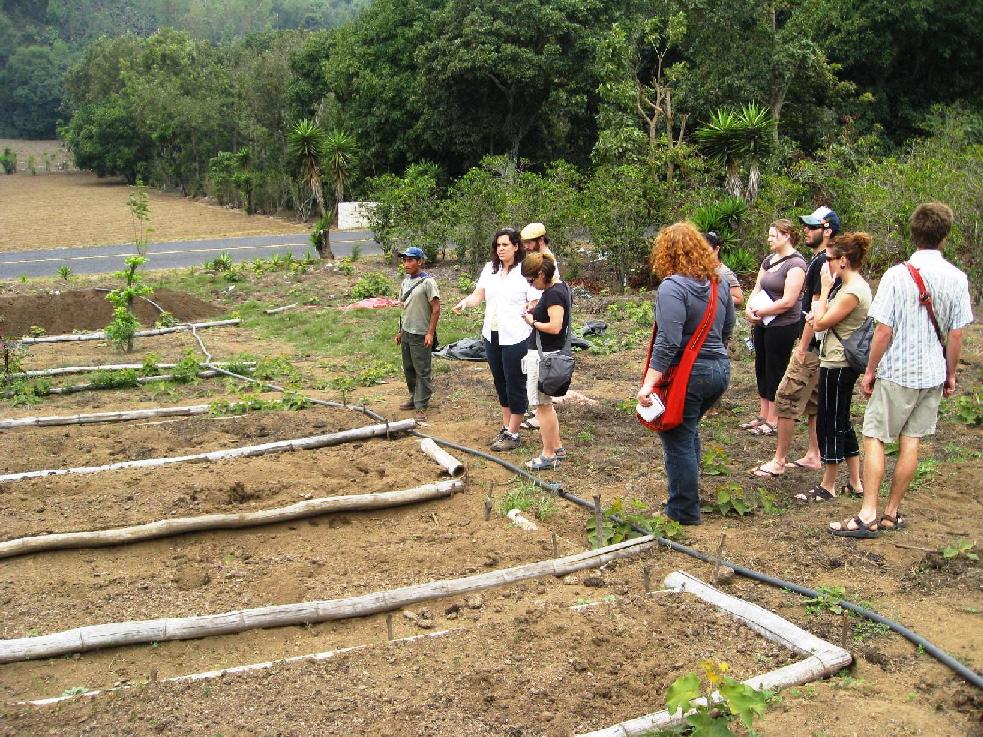
Fields where the coffee plants are planted and grown.
(Photo credit: Catherine Nolin)
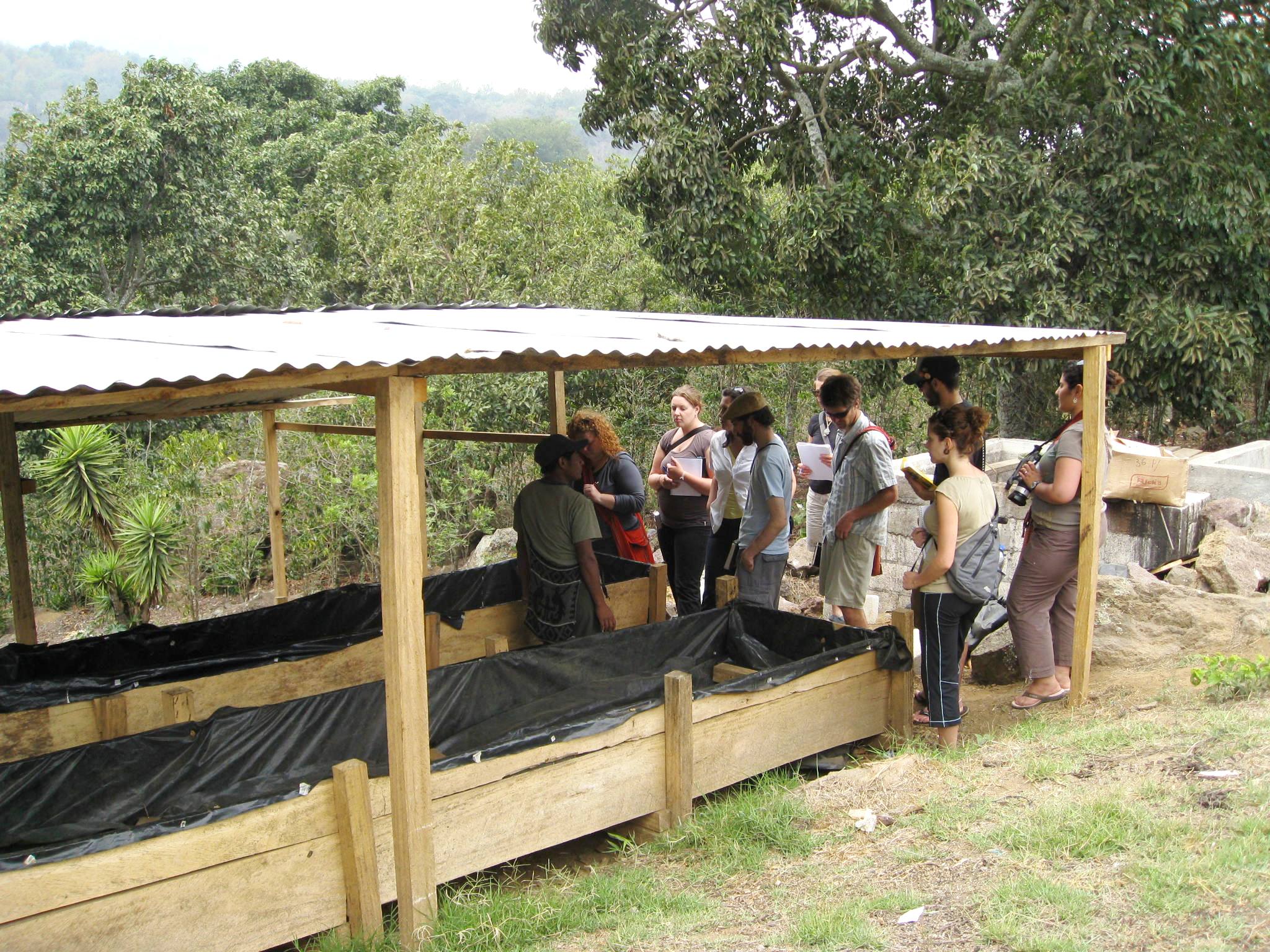
Compost is a very important nutritional addition in infertile soils. In Guatemala, the richer agricultural lands are reserved for large Fincas, generally, international companies to produce bananas,
palm oil, sugar cane, coffee, and cotton.
(Photo credit: Catherine Nolin)
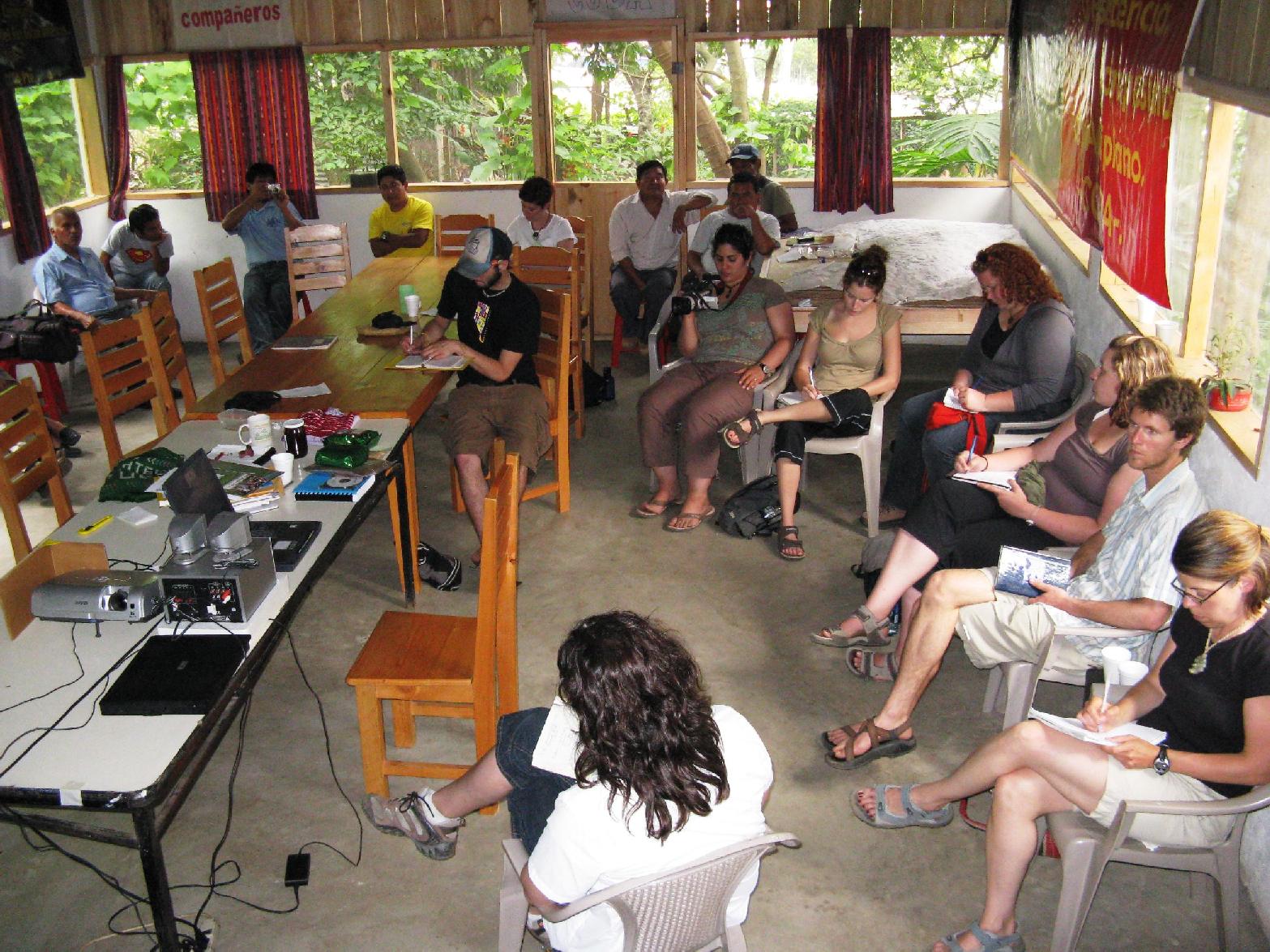
Following the on-site tour we travelled to the CCDA head office located in Quixaya (just outside of San Lucas Tolimán) to meet with Leocadio Juracán, the Executive Director of the CCDA, presented the mandate of the CCDA. The CCDA, established
in 1982, is concerned with protecting indigenous lands and
people while providing food security, development training, and loans to their community.
(Photo credit: JP Laplante)
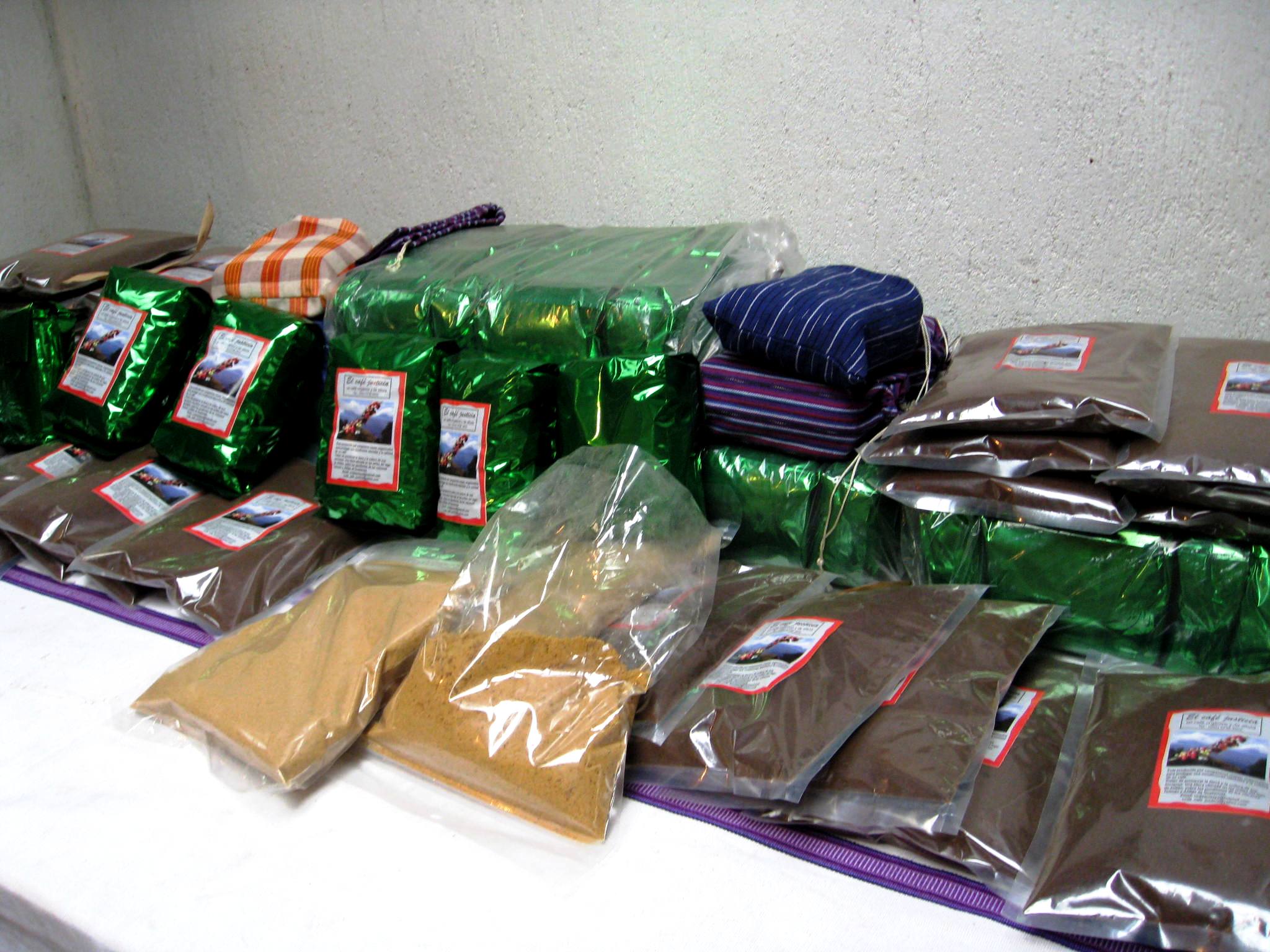
The CCDA produces jam, sugar, textiles, shampoo, and coffee.
(Photo credit: Catherine Nolin)
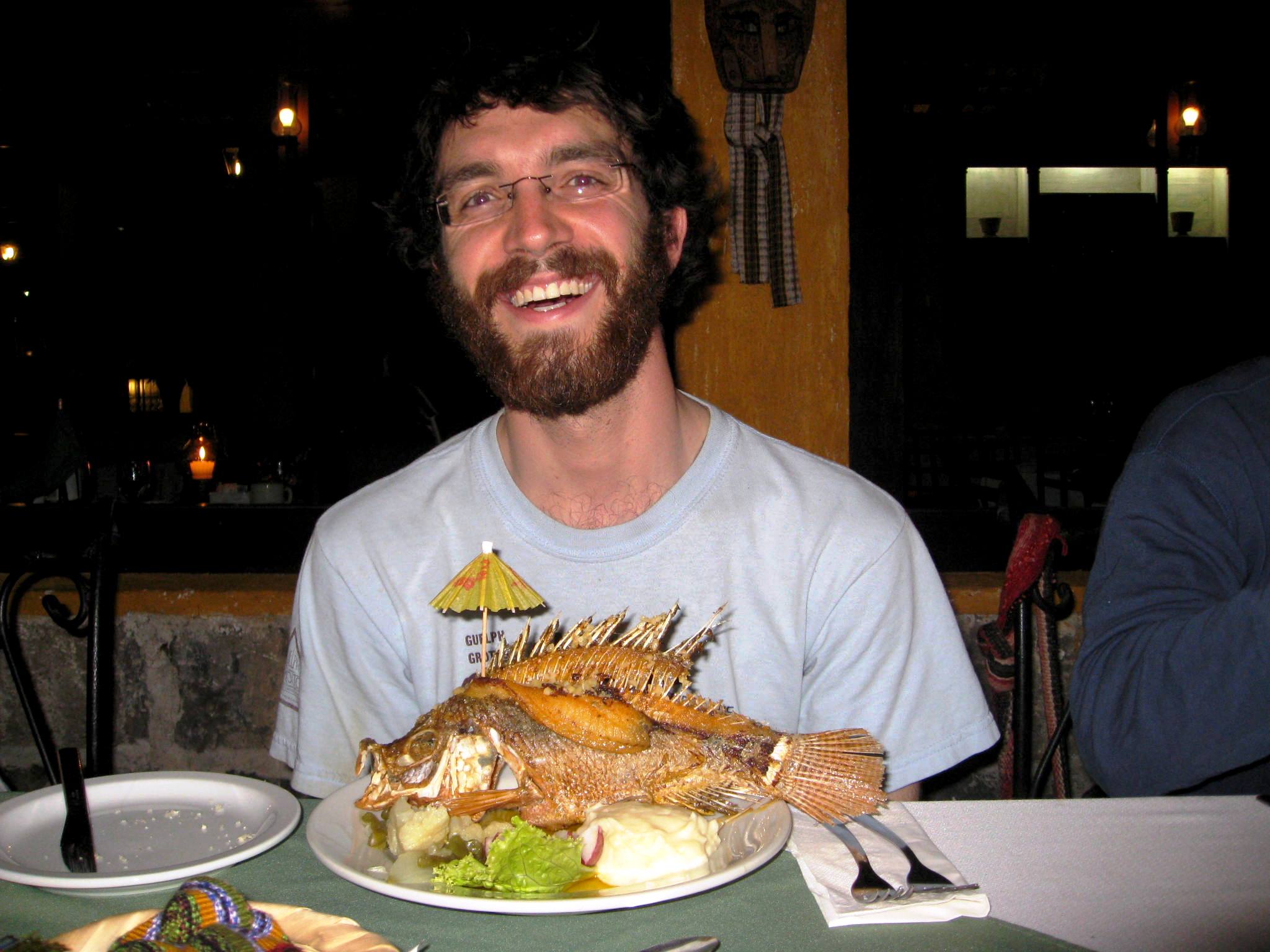
An unforgettable dinner in San Lucas Tolimán near Lake Atitlán. A little well done, no?
(Photo credit: Catherine Nolin)
